- No products in the cart.
Popis
Coloured linocut on paper, 1917, 14×12,2 cm
Signed in the right lower corner
Provenance: Auction house Prague
Published in monograph Václav Špála, Between Avant-garde and Livelihood, National Gallery in Prague, 2005, number 161
The highest achieved price in the local auction sale for Špála´s painting– 8,76 million CZK, Galerie Kodl, 2016
The highest achieved price in the local auction sale for Špála´s aquarelle – 732 thousand CZK, Galerie Art, 2009
The highest achieved price in the world auction sale for Špála´s painting – 155 thousand £ Sotheby´s London, 2011
Václav Špála belonged to the most distinctive Avant-garde painters of the first half of 20th century. Just like his generation contemporaries he reacted to the Prague exhibition of Edvard Munch in the year 1905, he also stayed in Paris where he got acquainted with the work of Paul Gauguin, Vincent van Gogh, Henri Matiss and Picasso. Nevertheless, he was no epigone of cube-expressionistic or fauvist trends, but similarly to Josef Čapek he decided for his own style and created positively distinctive painting style build on the contrast of blue, red and white colours. However, the most important is: Špála´s work had not stayed a fine-art construction directed at the knowledgeable people, but it literally became folk art while he still was alive and his popularity was continuously developing even after his death in the year 1946.
Among thousands of images of women, which, together with approximately ten other motifs, lasted throughout the whole Špála´s work, this “dancer” belongs to the most impressive ones. The star-like composition and abstract concept of the figure enabled the author to leave the established stereotype of the woman as the plump farmer, and thus a delicate unattainable being came to existence, which – even faceless – radiates an erotic charm. It is admirable how Špála´s handwriting, although he limits himself here to few lines and stains, can´t be interchanged for any other similar cubistic expression. Ink drawings, aquarelles and graphics served for capturing the initial ideas and various composition solutions. However, Špála valued them – this is proved by the fact that he consistently signed every each one of these. Today, they continuously grow in value from the collector´s point of view and the non-coloured print Dancer is till today the part of permanent collection of the National Gallery in Prague.
Špála´s paintings and drawings are valued highly on the Czech auctions. Even though Špála was a very hardworking person (some years he created as much as one hundred pictures), most of his artwork is the part of permanent collections of the state and city galleries. On the market, there are pieces of artwork from private collections, which grow in price continuously and they stay in the so-called TOP 10 sales.
Další informace
| Autor | |
|---|---|
| Období | |
| Místo vzniku | |
| Rok vzniku | |
| Kategorie | |
| Technika | |
| Téma | |
| Signováno | |
| Rozměr díla | 29.2 x 25.5 cm, ⤢ 38.8 cm |
| Rozměr kresby díla | 20.5 x 20 cm |
Pro přidávání recenzí se musíte nejdříve přihlásit.




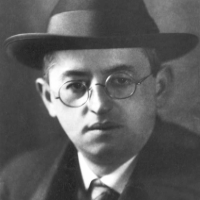

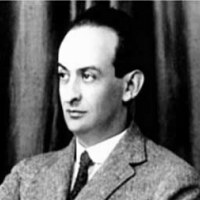


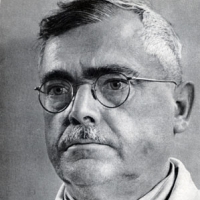
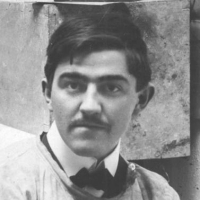
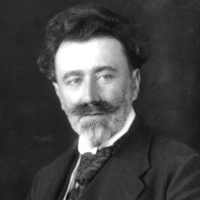
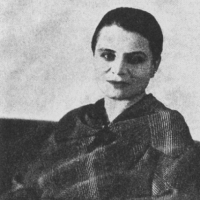

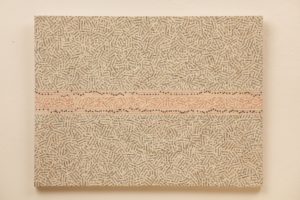

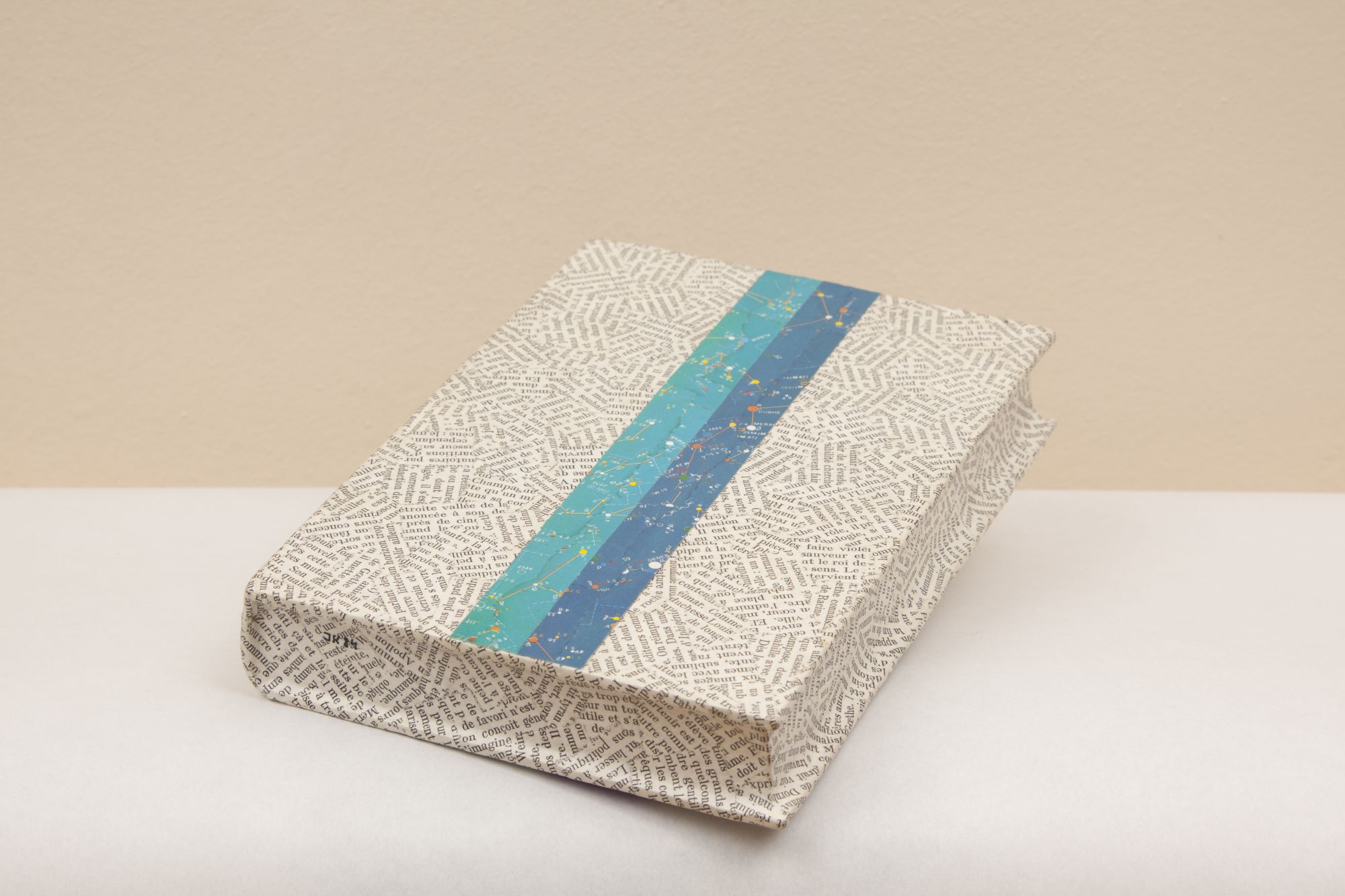


Recenze
Zatím zde nejsou žádné recenze.